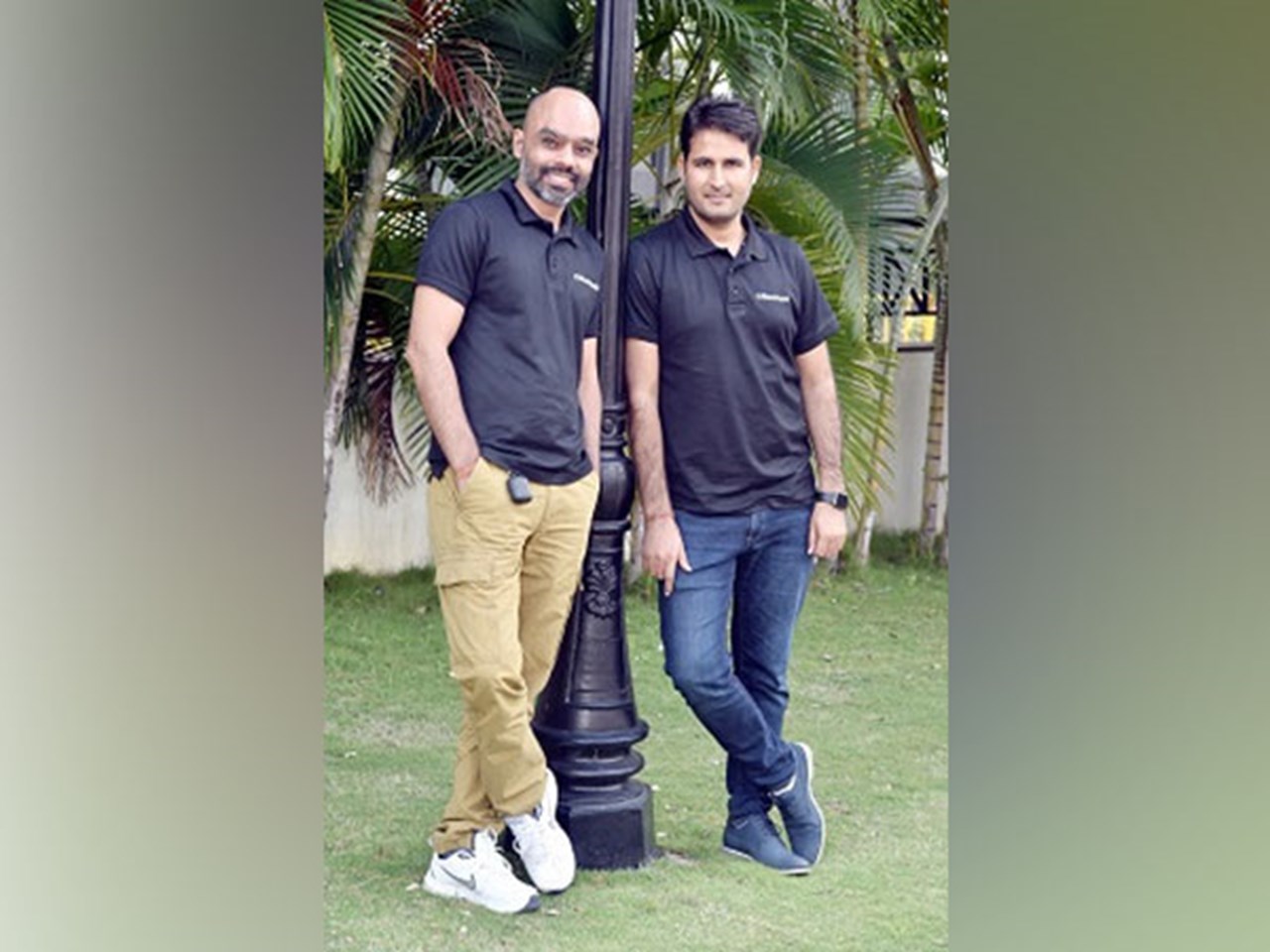OpenSea’s new tool enforces royalties for NFT creators. But some say it goes too far in stopping the competition

NFTs began with big promises: one of them was the financial liberation they would bring to long-suffering artists. Creators, the argument went, would have access to buyers from around the world on marketplaces that charged minimal fees and arranged royalties for sales.
Such utopian thinking is long dead. Marketplaces have in many ways become the taste-making gatekeepers of digital art. Royalty payments are often not automatic and require off-chain enforcement, an unwanted challenge for platforms. Consequently, as competition increased between platforms, offering zero-royalty trading became a means of increasing market share.
After Magic Eden made royalties optional for traders earlier this year, others including X2Y2, LooksRare and Blur did the same. The spotlight was on OpenSea, the largest NFT trading platform with more than 120 million monthly visitors. Would the platform, which was so important in the early popularization of NFTs, stand by its artists or match its competitors?
The answer, which came via extended chirping on November 5 was unbeatable. Starting November 8th, creators can add a snippet to new collections to enforce fees and blacklist marketplaces that don’t require traders to pay royalties. It has been seen as a direct attack on the platform’s rivals, one with potentially problematic anti-competitive consequences. Despite the firmness of this stance, OpenSea has yet to decide whether it will force its own traders to pay royalties on existing NFTs (December 8 is earmarked as a deadline for the decision).
“The business model used by the vast majority of creators in this industry is now subject to the enforcement discretion of marketplaces rather than code,” OpenSea co-founder Devin Finzer wrote in a blog post. “Creators want the ability to enforce fees on the chain; and fundamentally we believe that the choice should be theirs to make – it should not be a decision made for them by marketplaces.”
OpenSea has pledged to further strengthen and develop tools that enable creators to include on-chain enforcement of royalties. This is a welcome development for creatives who have long relied on the platform to enforce the fees, which average between 5 and 10 percent.
However, not all crypto artists and collectors are happy about this, with some expressing concern that OpenSea’s anti-competitive stance could limit the market for future collections, if not Web3’s decentralized ethos.
“This is no doubt pretty cool for creators, even if it relegates new NFT collections exclusively to OS (and any other marketplace that pays royalties to creators),” tweeted Bobby Hundreds, the creator behind Adam Bomb Squad. “There is also already feedback that blacklisting other marketplaces is anti-competitive and perhaps even anti-Web3.”
Generative artist Dmitri Cherniak reverberation“It seems completely wrong from a decentralization point of view … to try to play God like that.”
However, for collections already marked, things are less certain, and OpenSea only guarantees to continue enforcement until December 8. In what Finzer terms a “bitter pill,” the only way to achieve an on-chain creator fee for an existing collection is to move it to a new smart contract, which is extremely difficult to engineer. This reality, in addition to OpenSea’s refusal to promise continued royalty enforcement, is why creators worry that the platform will soon render existing collections royalty-free.
A research report by Galaxy Digital earlier this year found that Ethereum NFT creators received nearly $2 billion in royalties from secondary sales, although more than a quarter of those were received by just 10 entities.
Follow Artnet News on Facebook:
Do you want to be at the forefront of the art world? Subscribe to our newsletter to get the latest news, eye-opening interviews and sharp critiques that drive the conversation forward.























